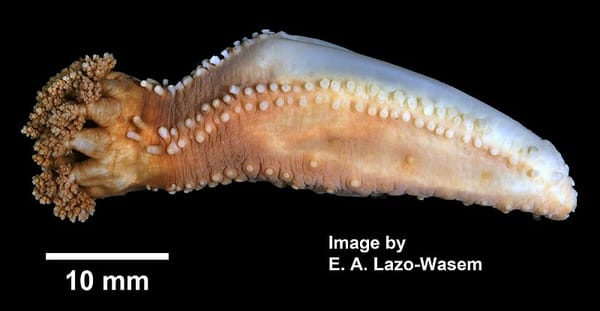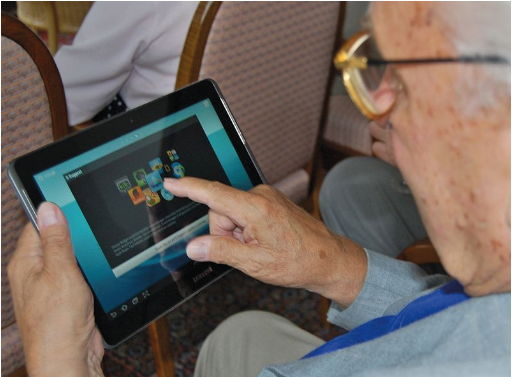A forest’s fungi with Professor Martin Bidartondo
It is increasingly being recognised that to protect plants, you have to protect the fungi that support them.

There are multiple types of mycorrhizal fungi. These fungi share the common characteristic of forming key symbiotic (beneficial) relationships with plants to provide them with nutrients and water in exchange for carbon in the form of sugars. Professor Bidartondo has worked on a huge variety of mycorrhizal fungi, from the common arbuscular mycorrhizae to orchid mycorrhizae, ectomycorrhizae, and even the mycorrhiza-like associations of bryophytes (not fungi but liverworts, hornworts, and mosses). His current research is focusing on the functions and ecology of ectomycorrhizal fungi, which form relationships with the large, woody trees that make up our forests. With increasing pressure to preserve and regrow forests for carbon sequestration, the ectomycorrhizal fungi that determine their health will need special focus. This fungi has long been ignored by conservationists and ecologists, and therefore by policymakers, but their condition has profound effects on the health of a forest. Professor Bidartondo’s new paper looks at the tipping points of ectomycorrhizal fungi. “Tipping point” refers to the point at which some environmental change that is detrimental to the fungi’s survival reaches a threshold; beyond which it causes major impacts that are tricky to reverse. If ectomycorrhizae’s health is compromised, there could be devastating consequences for the trees they form symbiotic relationships with. These consequences will directly affect key functions that impact human wellbeing. For the sake of carbon sequestration and mitigating climate change, mycorrhizal fungi will need specific attention and research. Luckily, it is increasingly being recognised that to protect plants, you have to protect the fungi that support them.









